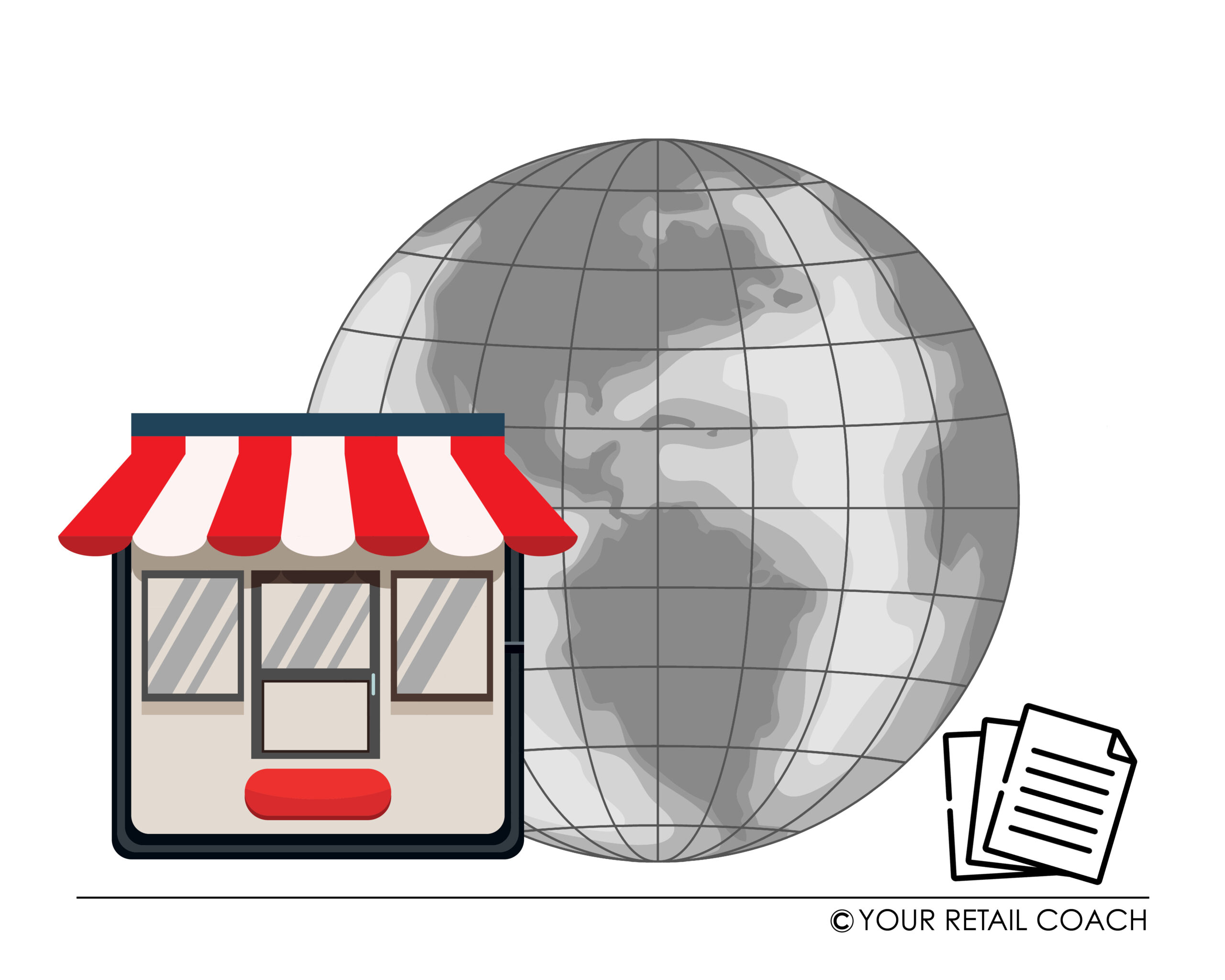Speaking of growth and expansion in business, the emphasis tends to be on marketing-related aspects. Being in the domain of retail consulting, our experience tells us to focus on the operational aspects as well. While marketing ingenuity can show direction but good operational planning takes care of the implementation part.
With a weak operational framework, retail enterprises are restricted in multiple ways from achieving their optimum potential. Retail businesses that operate in unplanned and vague ways lack confidence in their operational capabilities. For example, they cannot make polished assessments of how much additional business they can handle with their current resources. In that situation, any effort towards business growth expansion only on the merits of marketing is bound to fall short.
As a team of experienced retail consultants, we never stop emphasising the merits of having SOP-based retail store operations manuals. This blog explains further.
Replicable Operations
You can replicate an action or activity with more confidence and accuracy when you know it very well. Something similar happens to business enterprises when they function with the certainty of operational planning.
Retail businesses can replicate or expand their operations with more confidence when they have stable and proven operational planning in place. When they open new stores or experience surges in business volumes, the certainty of the existing operational planning provides them a solid standing.
Take for example a retail supermarket store that maintains a well-planned home delivery process. The store will be always confident about serving other locations or handling more orders with the same process. Minor adjustments may be called for but the basic workflows would already be present in the form of retail store SOP manuals.
Flexibility in Making Operational Changes
Changes in operational planning are necessary to carry out business activities under new conditions. It need not be only for growth and expansion reasons. Changes in the business environment also necessitate changes in operational planning. Irrespective of the reason for change, making any major operational adjustment is difficult in an undefined framework.
Using the same example from the previous point, if the supermarket store is executing its home delivery process without following any operations manual, it would become difficult to identify the areas where operational changes are required.
As retail and eCommerce consultants for over 10 years, we always maintain that giving effect to such operational adjustments is easier when operations manuals are already in place.
Groundwork for Retail Automation
Retail store operations manuals or retail SOPs also become the foundation for the implementation of best-fit IT solutions.
Take the example of software solutions used by retail enterprises. The software platform that would best fit the needs and priorities of a retail enterprise cannot be identified or developed by replicating competitors or even industry standards. Every business has its own requirements which despite being within the industry parameters vary from organisation to organisation.
Zeroing down to the final decision on software selection first involves identifying the required technical features and functionalities of the software. These inputs come from the operational definitions or the operations manuals. The operations manuals provide information on workflows, process owners, resource requirements, credentials and authentication for various decision-making, etc. These specifications in turn dictate how the required software solution must function.
Measurability of New or Extended Operational Requirements
Before opening new stores or expanding the operations of the existing ones, retailers must be in the know-how of the new and/or additional operational requirements. And doing this is not possible in an undefined operational environment. Knowing or being able to predict is one thing and being able to precisely map the new operational requirements, workflows, and standards is quite another.
For example, if a new store is anticipated to garner more footfalls, the same level of manpower allocation as in other stores may not work. The required information and insights come from the operational and performance standards defined in the existing operations manuals.
Assists in Franchise Expansion
Franchising is one of the most popular and effective business expansion strategies. Today, we no longer need to use the example of any business giant or MNC to highlight the general success of franchising. Many emerging local businesses have proliferated their operations with a network of franchisees within their city or state limits. But like any other business expansion project, franchising too comes with its own set of requirements. Franchisors need to put measures to safeguard their brand name and reputation when handing over franchising rights to another business entity. Apart from broad policies and principles, franchisors may also define the operational framework and standards within which franchisors must operate the business. And to achieve this, franchisees are provided with operations manuals. But this works only when the franchisor executes business with a defined operational framework. It is only when they know, they could prescribe others.
Helps in Attracting Investments
In any organic growth and expansion, securing investments is one of the toughest challenges. The strength of ideas alone is not sufficient to woo investors. Every now and then, they come across many investment proposals. And if an investor is a veteran, s/he would not take much time to see through the loopholes of the business ideas placed before them. Investors also need to see how that idea will perform at the implementation level. A business plan accompanied by a sound operational vision is of great help. It is a good idea to pass the message of SOP-based operational precision with the business plan. With SOP manuals backing the operational planning, it becomes easier for potential investors to trust the operational readiness of a proposed business venture.
FAQs
What is a retail store operations manual?
A retail store operations manual is a handbook of workflows for various business processes and operations carried out in/by retail businesses. It also contains the operational standards to be maintained for every task. It identifies the process owners and defines the timelines. Please visit our blog page to read more on this subject.
How to design a retail store SOP manual?
It is a long process. But we can help you develop the SOP manuals or the store operations manuals for all the business functions of your retail store or chain.
Why choose YRC for developing retail SOP manuals?
We have ten-plus years of experience in this domain. Our solutions are based on time-tested and proven principles and methodologies with the feature of detailed customisation. We deploy expert and experienced professionals in our projects. With a flexible organisational design, we also serve remotely. Please visit our website to know more about us and our range of services and solutions.
About Your Retail Coach (YRC)
We are a retail and eCommerce consulting enterprise with over ten years of experience in providing business solutions and services to 500+ clients in 25+ verticals. As a brand with a growing international presence, our prerogative is to maintain world-class standards in our service design and delivery. We engage professional and experienced retail consultants.
To know more about our retail SOP consulting services or to speak directly to one of our retail operations consultants, please drop us a message.











